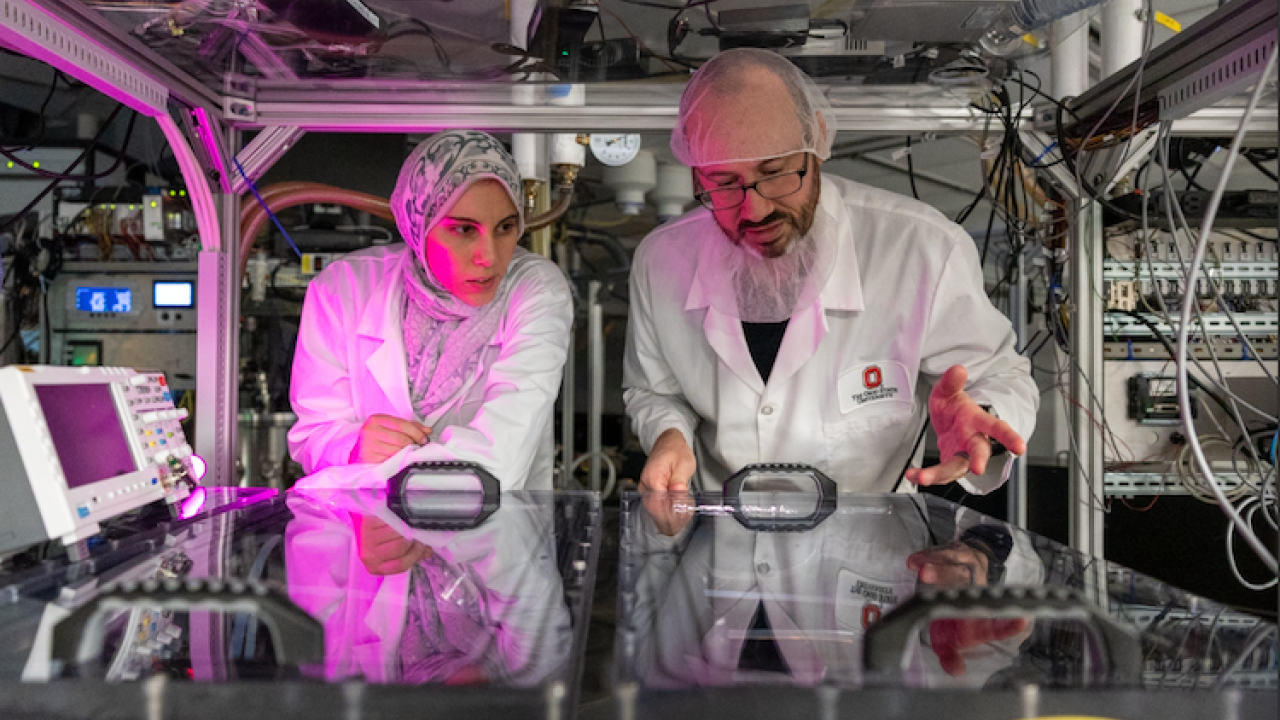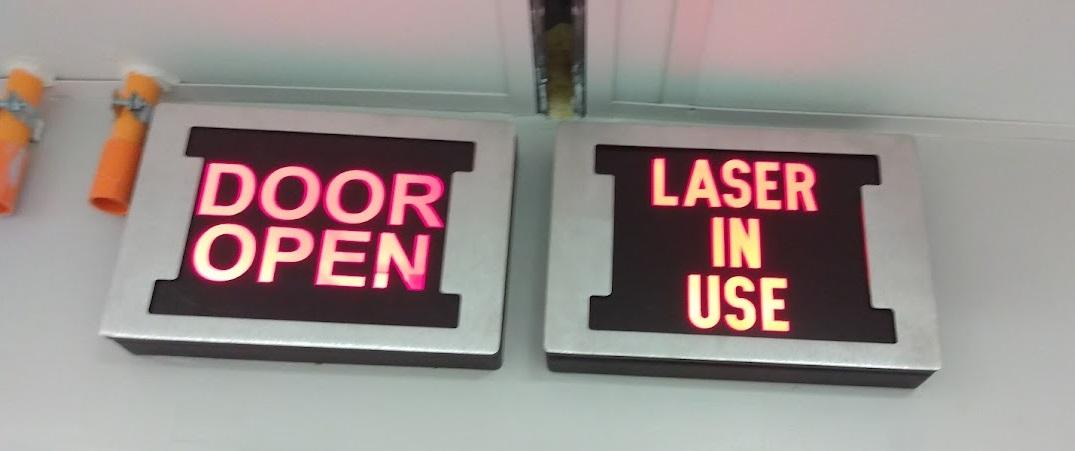Funded by the U.S. National Science Foundation (NSF)
The NSF National eXtreme Ultrafast Science Facility (NeXUS) is supported by the U.S. National Science Foundation under NSF award abstract #2410901. Any opinions, findings, conclusions or recommendations expressed in this material are those of the author(s) and do not necessarily reflect those of the U.S. National Science Foundation.



